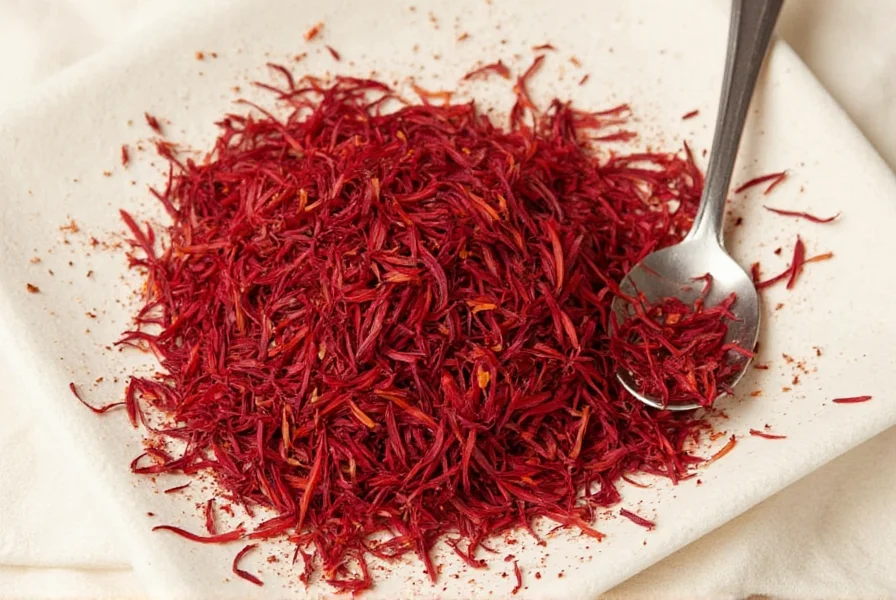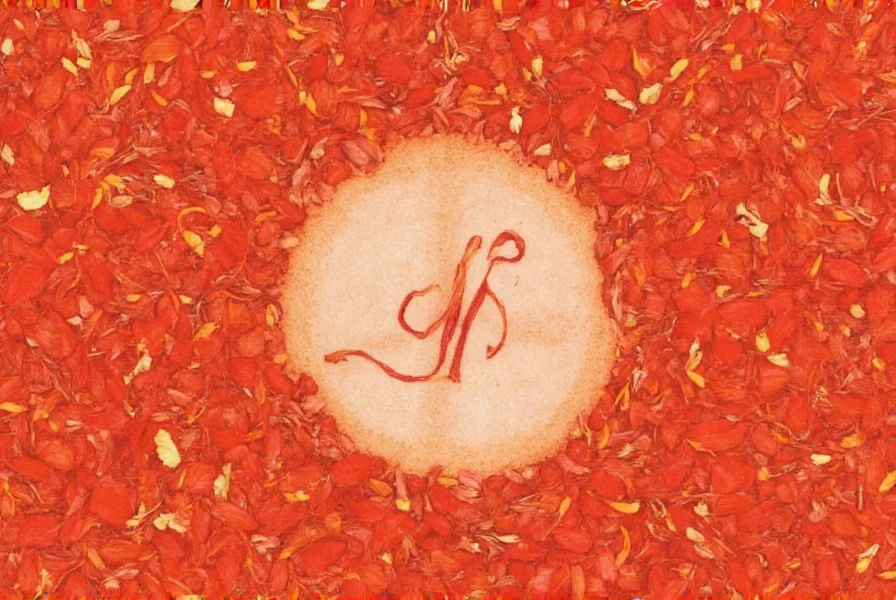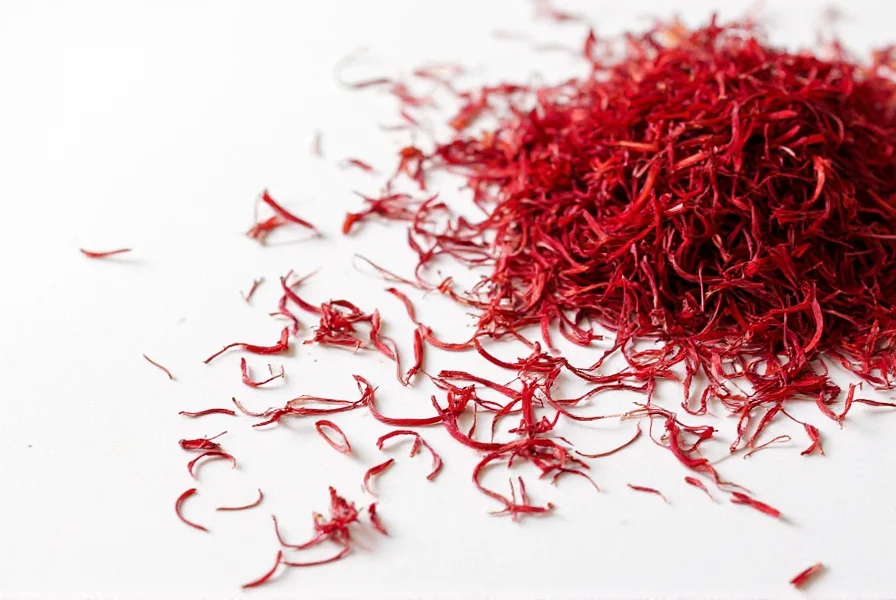Understanding the Saffron Terminology Confusion
When users search for "saffron de twah," they're likely encountering a spelling error or misunderstanding of saffron-related terminology. This common confusion stems from several possible sources:
- Mishearing "saffron de Taw" (which doesn't exist) instead of proper saffron classifications
- Confusing saffron with similarly named spices or regional preparations
- Encountering mistranslated or misspelled product listings online
Authentic Saffron Varieties and Classifications
Real saffron is categorized by origin, quality grade, and harvesting method—not by terms like "de twah." The following table shows legitimate saffron classifications:
| Variety | Origin | Characteristics | Market Price (per gram) |
|---|---|---|---|
| Iranian Sargol | Iran | Top-grade, deep red threads, strongest aroma | $0.50-$1.20 |
| Spanish Coupe | Spain | Middle-grade, includes some yellow styles | $0.70-$1.50 |
| Kashmiri Mongra | India | Rare, intense flavor, shorter threads | $1.00-$2.00 |
| American | California, USA | Small-batch, artisanal production | $1.20-$2.50 |
Common Saffron Misconceptions
Several factors contribute to the "saffron de twah" confusion:
1. Linguistic Mix-ups
The phrase likely stems from mishearing "saffron de Taw" (which has no meaning) or confusing saffron with:
- Safflower: A cheaper substitute sometimes misleadingly labeled
- Turmeric: Another yellow spice occasionally fraudulently sold as saffron
- Regional terms: Misinterpretation of local names like "za'faran" (Arabic) or "kong" (Kashmiri)
2. Online Marketplace Errors
E-commerce platforms frequently contain:
- Mistranslated product titles
- Automated listing errors
- Fraudulent sellers using made-up terms to appear authentic
How to Identify Genuine Saffron
When purchasing saffron, look for these authenticity markers:

Physical Characteristics
- Color: Deep crimson red threads with orange tips (no yellow styles)
- Texture: Brittle but not powdery; should break cleanly
- Aroma: Distinctive honey-like, hay-like fragrance
Purity Tests
- Water test: Genuine saffron releases color slowly in warm water (30+ minutes), turning it golden yellow
- Smell test: Real saffron has a complex floral-honey aroma, not simply musty
- Thread examination: Authentic threads are trumpet-shaped at one end
Saffron Quality Standards Explained
The ISO 3632 standard classifies saffron by crocin (color), picrocrocin (taste), and safranal (aroma) content:
| Grade | Crocin (Coloring Strength) | Picrocrocin (Bitterness) | Safranal (Aroma) |
|---|---|---|---|
| Category I | ≥190 | ≥80 | 20-50 |
| Category II | 150-189 | 50-79 | 20-50 |
| Category III | 110-149 | 30-49 | 20-50 |
Higher numbers indicate stronger coloring power. Category I represents the premium grade most suitable for culinary applications where vibrant color matters.
Why Saffron Terminology Matters
Understanding proper saffron terminology prevents:
- Purchasing counterfeit products (up to 50% of "saffron" sold online is adulterated)
- Wasting money on inferior substitutes
- Misunderstanding recipes that require specific saffron grades
- Supporting fraudulent marketplace practices
Practical Buying Guide
When shopping for saffron, follow these evidence-based recommendations:

Reliable Purchase Indicators
- Clear indication of origin (Iran, Spain, or Kashmir)
- ISO 3632 grading information
- Harvest date (saffron loses potency after 2 years)
- Transparent packaging showing actual threads
Red Flags to Avoid
- Vague terms like "de twah" or "premium blend" without specifics
- Prices significantly below market rate (real saffron costs $300-$500 per pound)
- Powdered saffron (easily adulterated)
- Missing harvest or expiration dates
Conclusion: Navigating Saffron Terminology
The "saffron de twah" search term represents a common terminology confusion in the spice market. By understanding authentic saffron classifications, quality indicators, and purchasing standards, consumers can avoid misinformation and make informed decisions. Genuine saffron remains one of the world's most valuable spices due to its labor-intensive harvesting process—requiring approximately 75,000 flowers to produce just one pound of dried saffron threads.











 浙公网安备
33010002000092号
浙公网安备
33010002000092号 浙B2-20120091-4
浙B2-20120091-4